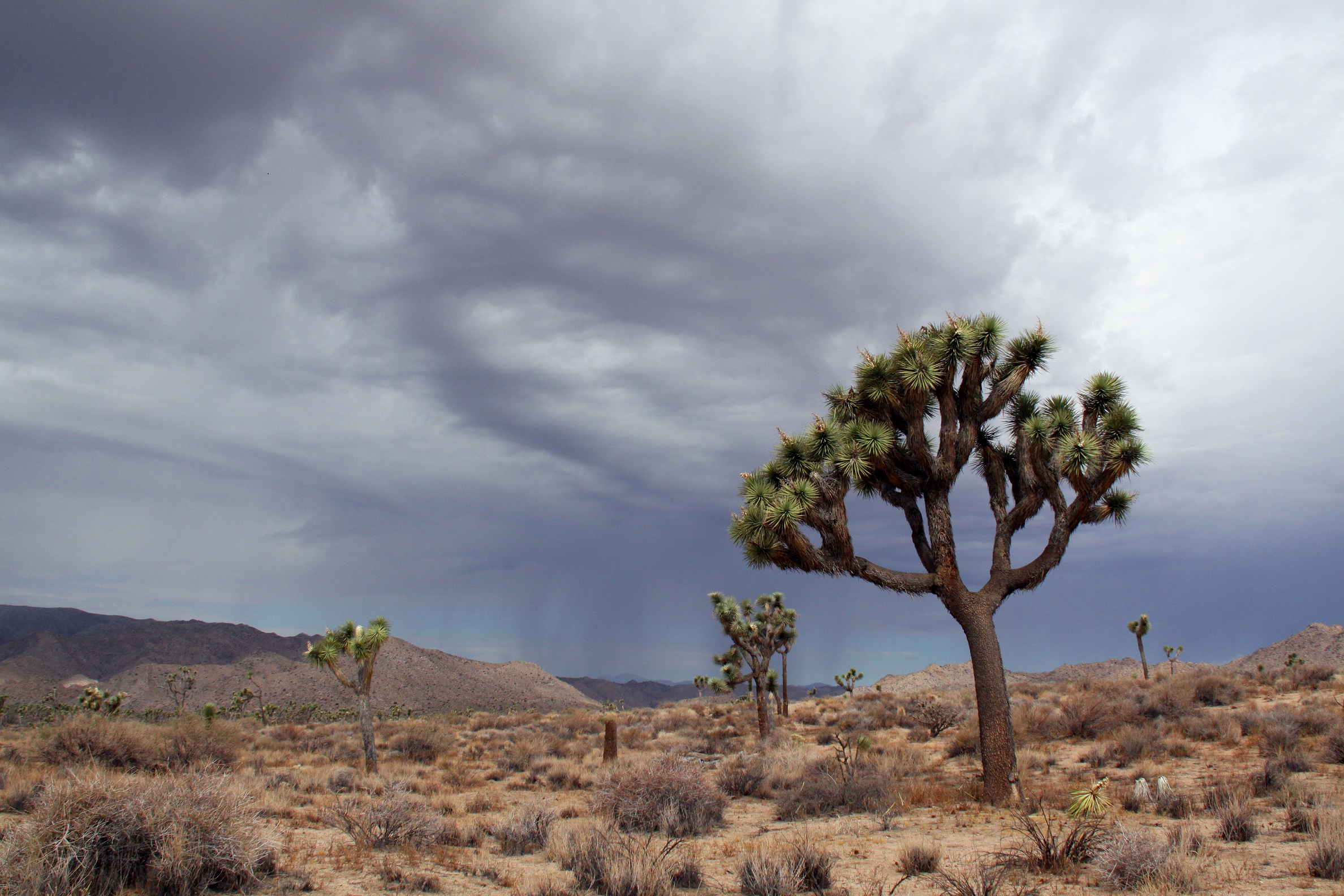Some of the most iconic landscapes in the world are in the California deserts. Joshua Tree National Park, where two massive desert ecosystems come together to showcase majestic spreads of the famous trees for which it’s named, as well as towering boulders that provide one of the best playgrounds for climbers in the world. Death Valley National Park, a stunning landscape that’s both the hottest and driest place in the US and our largest national park outside of Alaska. Death Valley teaches us that an abundance of life still thrives in the starkest of conditions. And there’s the sand dunes, mountain ranges, and lava flows of Mojave National Preserve.
Landmark legislation for protecting California’s deserts
We owe our enjoyment of these landscapes, and so many more, to the wave of desert conservation that was propelled by the California Desert Protection Act (CDPA), signed into law on October 31,1994 by President Clinton. In addition to enlarging and redesignating Joshua Tree and Death Valley as national parks, the CDPA established the Mojave National Preserve and 69 wilderness areas managed by the Bureau of Land Management in the California desert. In total, the CDPA increased protection for 8.6 million acres of the California desert.
On the 25th anniversary of the CDPA, we have an important opportunity to look back and reflect on all the ways that it has catalyzed a host of critical protections that have allowed California deserts to thrive. Communities throughout the region have been bolstered by tourism and recreation, wildlife is becoming more abundant and healthy, and residents and visitors alike can experience wide-open expanses of solitude and stillness, just hours from huge metropolitan areas. In the last 25 years, we’ve seen millions of acres of lands protected for recreation and conservation, including the San Jacinto, Santa Rosa, Sand to Snow, Mojave Trails and Castle Mountain National Monuments; the National Conservation Lands identified through the Desert Renewable Energy Conservation Plan (DRECP); and places like the Alabama Hills National Scenic Area and wild and scenic rivers designated through the Dingell Protection Act of 2019. Without the last 25 years of desert conservation we would not be able to experience the public lands in the California desert in the ways we do today.
What’s at stake if we don’t protect the gains we’ve made
As the Trump administration’s public lands protection rollbacks sweep the country, now is a critical moment to recognize everything that’s at stake if California desert lands lose protections. In addition to the threats posed to lands, water and wildlife, stripping away desert protections could have catastrophic consequences for the climate. Our public lands play a critical role in sequestering carbon: studies have shown that natural systems management could offset 21% of US greenhouse gas emissions. Large land expanses in the California desert must remain undisturbed in order to play their role in capturing carbon. Slashing desert protections would also threaten local economies. The protected lands of the California desert have created an economic windfall with visitor spending, industry earnings, and government revenue increasing every year -- from $5.5 billion in 2010 to $7.62 billion in 2018 -- and have accounted for 1,700 sustainable jobs with an economic impact of $165 million in local economies. Lastly, we have an urgent duty to protect the California desert for its historic home and sacred sites, cultural artifacts and cultural landscapes of the Chemehuevi, Mojave, Serrano, Cahuilla, Paiute and other tribes that have lived in the desert region for millennia.
On this anniversary, you can help protect and defend California’s deserts
The Sierra Club is part of a larger effort, spearheaded by desert land trusts, national parks, environmental groups, community members and tourism groups, to showcase and celebrate 25 years of desert conservation. There will be events in October and early November to highlight and show support for protected lands throughout the desert, designed to celebrate the success of the CDPA and all the achievements that have followed in protecting the desert. Activities will include museum exhibits, guided hikes, stargazing, ranger tours and art exhibits. Cities and counties across the region are also participating by passing local resolutions commemorating 25 years of desert protection.
So how can you be a part of celebrating 25 years of conservation in California’s deserts?
First, take a pledge to protect and defend California’s deserts.
For those in California, visit desertlands.org/lands/25years to find events being organized by the Sierra Club and our partners, and to find a toolkit for getting your local government on board.
